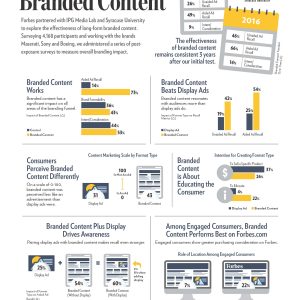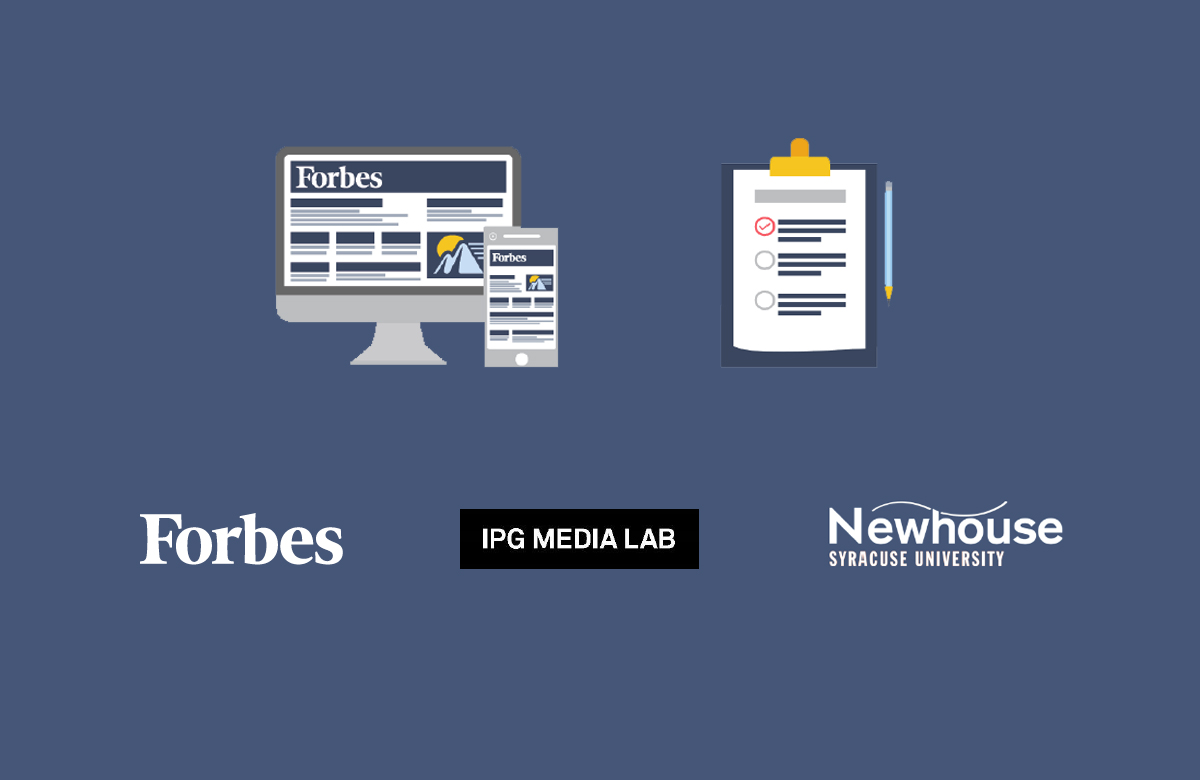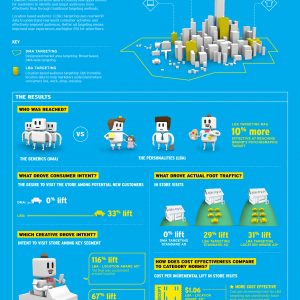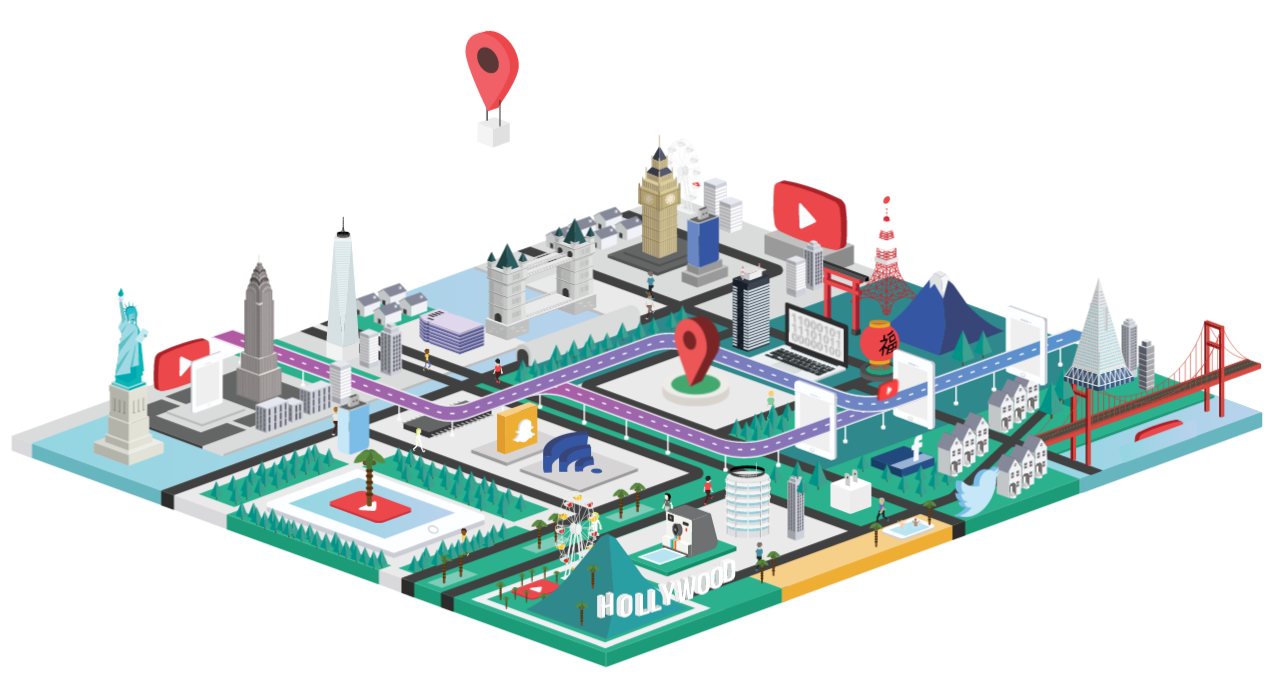Longer Form Branded Content Drives Purchase Consideration Among Millennials
Click here to download the full report.
According to our new quantitative study, “Storytelling: The Current State of Branded Content,” conducted in partnership with Forbes and S.I. Newhouse School of Public Communications at Syracuse University, branded content’s impact is superior to display advertising in terms of recall, brand perception and intent/consideration.
This study included over 4,000 Forbes readers in the U.S. who were asked to view webpage content featuring brands such as SONY, Maserati and Boeing, followed by a post-exposure survey. The results demonstrated that:
- Branded Content Works: Branded content is highly effective across the branding funnel and outperforms display ads. In addition to aided recall’s 59 percentage point increase, brand favorability was 7 percentage points higher and purchase consideration was 9 percentage points higher
- Branded Content Holds Up Over Time: Despite the loss of novelty often seen with ad products across time, branded content was as effective, if not more so, in 2016 compared to results seen in the 2013 study.
- Brand Interest Increases with Branded Content: Branded content may drive lasting interest in the brand. Consumers were 14 percentage points more likely to say they intend to seek out more information about the brand in the future.
- Don’t Be Afraid to Mention Your Brand: ‘Higher Branding,’ defined as 2x the number of brand mentions, caused brands to be perceived as more educational by over 7 percentage points and performs better on mobile devices.
- Longer Form Branded Content Drives Millennial Purchase Consideration: 18-34 year olds responded better to long articles, driving higher engagement consideration rates and aiding recall.
- Branded Content Is Perceived Better: Consumers perceive branded content as being more consumer-centric because it is less about selling products and more about providing value to consumers.
- Performance on Forbes.com Shows Value: Among those most engaged with the content, there was evidence that branded content performed particularly well on the Forbes website compared to brand sites.
Click here to download the full report.





